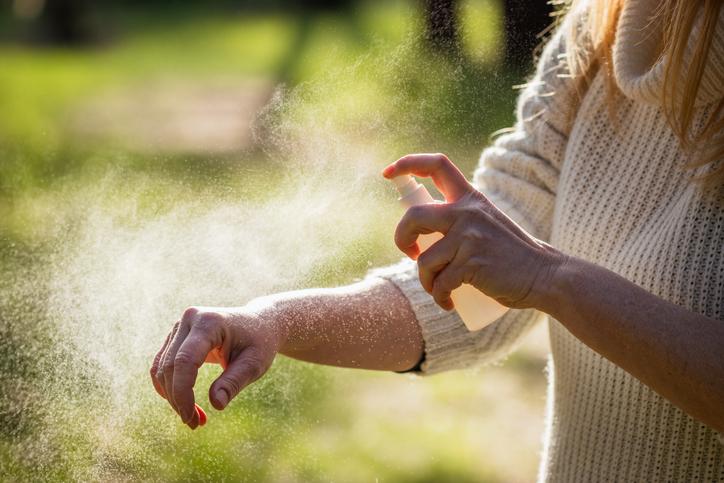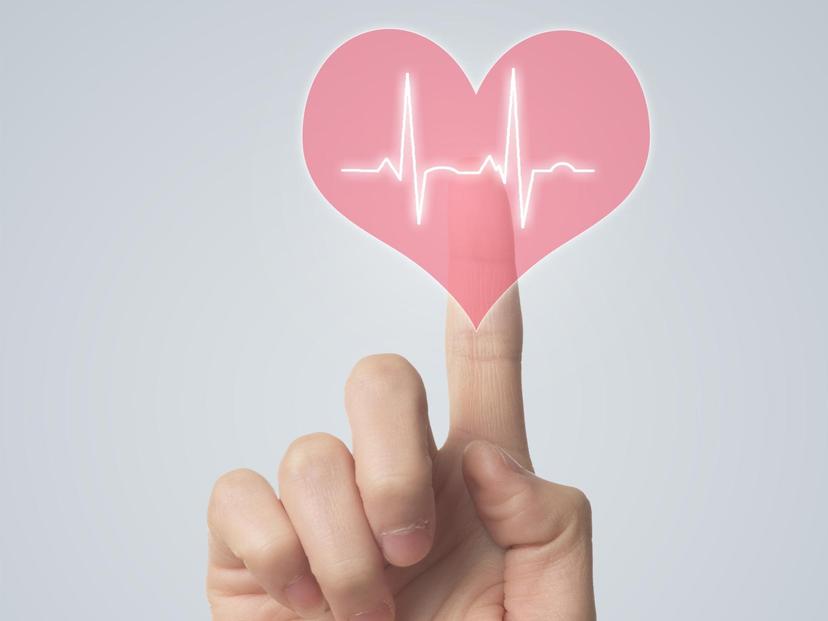8 февраля 2023
What Does the Apgar Scale Measure?


8 февраля 2023
What Does the Apgar Scale Measure?
## First Assessment
APGAR is not just the doctor's last name, but also an abbreviation for five groups of vital signs.
__A (Appearance) external:__
- 0 point: infant's skin is blue
- 1 point: infant's face and body pink, limbs pale or blue
- 2 points: all skin is pink
__P (Pulse) pulse:__
- 0 point: no pulse
- 1 point: pulse below 100 bpm
- 2 points: pulse above 100 bpm
__G (Gramse response) reflexes:__
- 0 point: no response
- 1 point: newborn has sluggish facial expressions and makes weak sounds
- 2 points: newborn screams and cries
__A2 (Activity) activity:__
- 0 point: baby's limbs are passively hanging down
- 1 point: baby's limbs are weakly moving
- 2 points: baby is actively moving his or her arms and legs
__R (Respiration) breathing:__
- 0 points: no breathing
- 1 point: breathing is slow, shallow, or irregular
- 2 points: breathing is regular and deep
The maximum possible score is 10. Evaluate the condition of the newborn twice: ===at birth and 5 minutes later. This allows you to track the dynamics, because the first measurement may give too low a result, due to birth stress.
## Don't panic
The readings are recorded across the line: 5/7, 7/9. If the second indicator is 7 or above, you can be calm. This means the child is healthy and no special measures need to be taken. Doctors are alarmed by the absence of positive dynamics, readings that are too low (below 5 in the first measurement, and below 7 in the second), or decreasing readings from the first measurement to the second.
A score of 10 is a rare result, so you should not worry that your baby did not get the highest score on his or her first-ever test. Scores of 7/9, 8/9, and 9/9 are considered excellent. The most common numbers are 6/8 and 7/8. These scores are normal, and the baby will develop without any peculiarities.
Lower numbers are also not a reason to panic, but a signal to neonatologists to be more attentive to the baby and monitor vital signs more carefully in the first 24 hours after birth. In most cases, if the baby is under observation and receives the necessary care, there are no consequences for the baby's future health.













